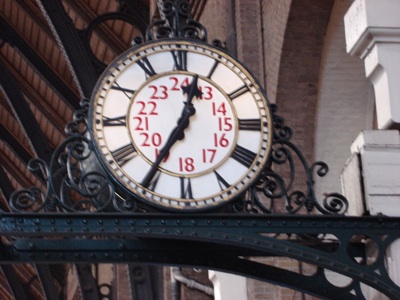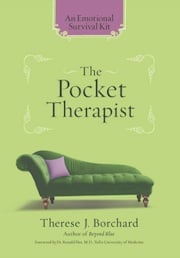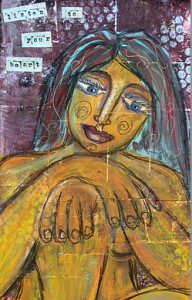
Okay, folks, we’ve got two days until Armageddon for depressives: Daylight Savings Time. Time to pull out the HappyLites!
In case you think I’m making up all this stuff about less light leading to depression, especially in the winter months, I will quote a woman with much more medical knowledge and expertise than me: Karen Swartz, M.D., Director of Clinical Programs at the Johns Hopkins Mood Disorders Center, and one of the physicians who evaluated me when I was severely depressed in March of 2006.
Here’s what she says in a special report as part of the Fall 2007 Johns Hopkins Depression and Anxiety Bulletin called “Getting Relief From Light Therapy”:
Some people experience episodes of depression only during the winter months, particularly January and February, when there is less sunlight–thus the name “winter depression,” or seasonal affective disorder (SAD). Typically, symptoms of depression peak in the winter and recede in the spring.
As seasons change, so does the amount of daily sunlight, which in turn causes changes in the body’s internal biological clock, known as circadian rhythm. This rhythm is a 24-hour cycle that affects our eating and sleeping patterns, brain wave activity, hormone production, and other biological activities. In some people, less daily sunlight and changes in circadian rhythm can bring about depression.
One theory is that the relative lack of sunlight during these times may alter brain levels of certain mood-related chemicals, for example, increasing levels of the hormone melatonin.
People with SAD often eat and sleep excessively, crave sugary or starchy foods, and have a full remission in the spring and summer when more daily sunlight is available.

